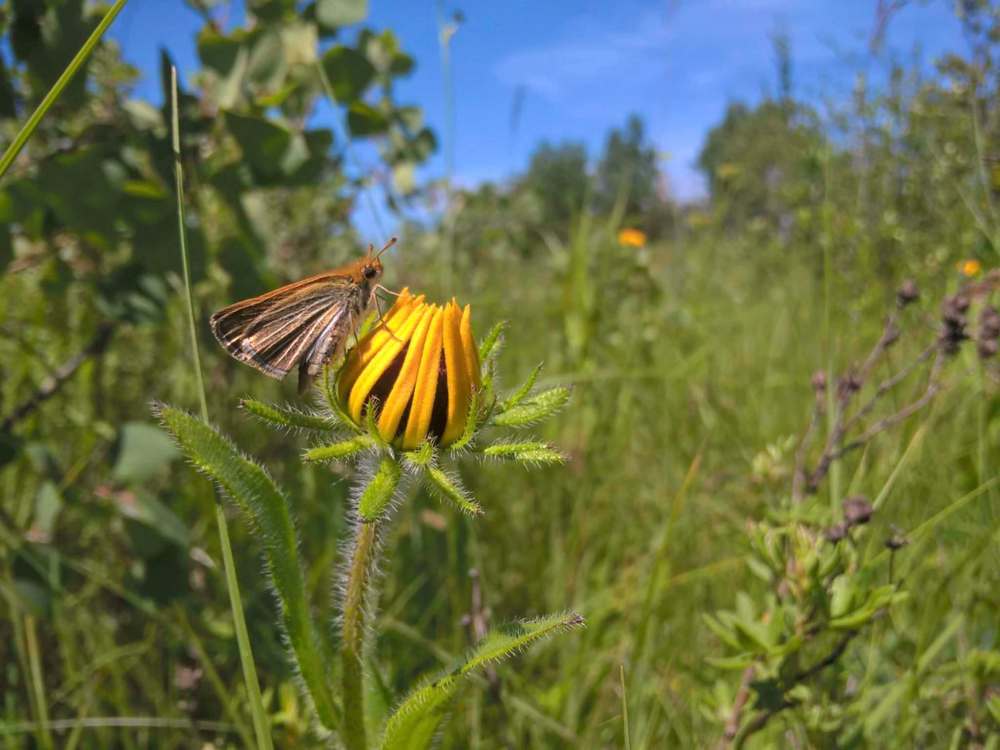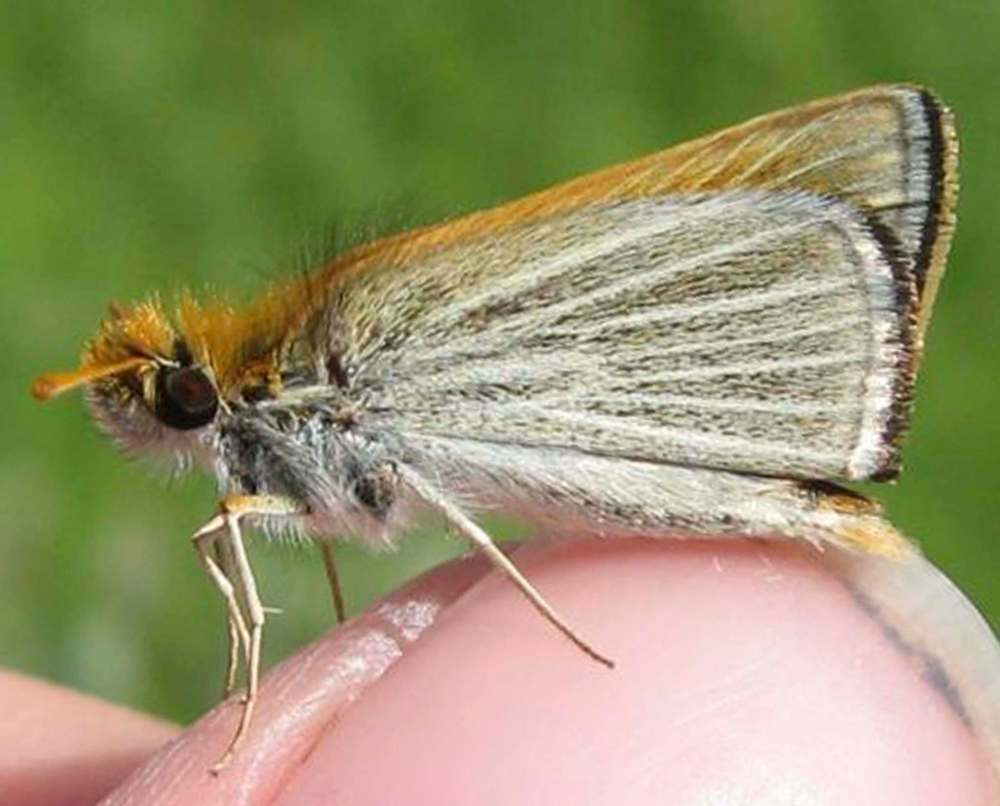Endangered butterfly shows trouble is waiting in the wings
Fewer than 100 Poweshiek skipperlings in Canada
Advertisement
Read this article for free:
or
Already have an account? Log in here »
To continue reading, please subscribe:
Monthly Digital Subscription
$19 $0 for the first 4 weeks*
- Enjoy unlimited reading on winnipegfreepress.com
- Read the E-Edition, our digital replica newspaper
- Access News Break, our award-winning app
- Play interactive puzzles
*No charge for 4 weeks then billed as $19 every four weeks (new subscribers and qualified returning subscribers only). Cancel anytime.
Read unlimited articles for free today:
or
Already have an account? Log in here »
Hey there, time traveller!
This article was published 19/07/2017 (2466 days ago), so information in it may no longer be current.
For the past several winters, conservationist Cary Hamel has held his breath, hoping an endangered species of butterfly will emerge from cocoons in the summer.
When the Poweshiek skipperling butterfly emerged again this year near Vita, Hamel was relieved, despite estimates that say there are fewer than 100 left in Canada. The small winged creature is orange and black, but not patterned in the eye-catching way of other butterflies.
And that’s why people seem to care less about them, according to Hamel, the conservation science manager for the Nature Conservancy of Canada’s Manitoba region.
“It’s not as showy and beautiful as some other endangered species, like monarch butterflies or polar bears,” he said.
But the role they play in the ecosystem is the same as other pollinators. The butterflies are essential to flower reproduction. In particular, the Poweshiek skipperling pollinates black-eyed susan flowers.
“What we are most concerned about, in any ecosystem when you start to lose species, is what they call a cascading effect…. If you’re losing this species, you’ll probably be losing other species,” said Richard Westwood, chairman of environmental studies and sciences at the University of Winnipeg.
Researchers don’t fully understand why the species has declined, and Hamel says more research is needed on the rare insect.
“The consequences of a disruption or disappearance of any (ecosystem’s) animals or plants, like the skipperling, can lead to changes that are impossible to fully understand until it’s too late to reverse,” he said.
Hamel does know habitat loss has played a role in endangering the insect. The butterflies live in tall grass prairie, which occupies less than one per cent of their former 6,000-square-kilometre spread in Manitoba, the province’s habitat conservation website says.
Hamel and his colleagues are working to preserve these grasslands, and not just for their ecological benefits.

“Walking through a prairie meadow is just an amazing experience in the summer when the butterflies are out and the grasses are growing and there’s life all around you,” he said.
Researchers believe Canada’s remaining Poweshiek skipperlings are all in tall grass prairie near Vita.
The only other places people can spot them are in Michigan and Wisconsin. Hamel estimates the creature count is below 500 worldwide.
The University of Winnipeg and Nature Conservatory of Canada are crowdfunding a campaign for the protection and management of tall grass prairie.
The money raised will allow students to research other reasons behind the decline.
“We’re trying to do it in a way that all the lessons we learn can be applied to many of the species that are declining in the Prairies,” Hamel said.
“Every last butterfly is important at this point.”
As a flagship species, the Poweshiek butterfly serves as an indicator to the overall health of its ecosystem, Westwood said.
If tall grass prairie areas lose the Poweshiek skipperling butterfly, it may signal danger for the disappearing ecosystem.
stefanie.lasuik@freepress.mb.ca



